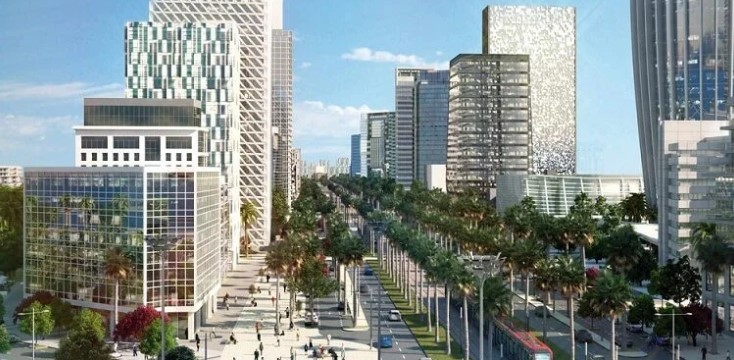The World Bank has approved $350 million in funding to boost the development of a major transport and logistics hub in the Greater Casablanca region. The investment is aimed at overhauling the area’s rail infrastructure to improve residents’ access to jobs and essential services, while also strengthening the Moroccan rail operator ONCF’s ability to plan and manage future projects.
As Morocco’s cities continue to expand rapidly—already home to 60 percent of the population and projected to reach 70 percent by 2050—the country’s transportation networks are coming under mounting strain. Nowhere is this pressure more evident than in the Casablanca-Settat region, a critical driver of the national economy. Traffic congestion, unreliable public transport, and the growing difficulty of getting around urban peripheries are becoming major barriers to sustainable growth.
To confront these challenges head-on, Moroccan authorities are doubling down on public transit and rail solutions. Their long-term goal: improve connectivity while reducing environmental impact. One of the cornerstones of this effort is the SIR program (Short-Distance Intra-Metropolitan Service), which aims to redesign the rail system in Greater Casablanca. That includes modernizing train stations, building new infrastructure, and increasing the frequency of service—all to ensure residents can reach key areas within 45 minutes or less.
Backed by World Bank financing, the centerpiece of the initiative will be a new electrified rail line stretching 73 kilometers and linking central Casablanca with nearby suburbs such as Zenata, Mohammedia, Nouaceur, and Bouskoura. The project will also include upgrades to signaling systems, power supply networks, and climate resilience measures. By taking pressure off existing lines and expanding freight capacity to the Port of Casablanca, the project aims to modernize both commuter and cargo transport.
A total of fifteen multimodal stations will be built or refurbished to encourage seamless transfers between trains, buses, and other forms of public transit. These hubs will be designed with universal accessibility in mind and will prioritize development that revolves around efficient, sustainable transport. Targeted investments are also planned for logistics centers—especially in areas like Aïn Sebaâ—and for connecting the network with Zenata’s upcoming logistics zone.
Ahmadou Moustapha Ndiaye, the World Bank’s director for the Maghreb and Malta, described the project as a step toward transforming ONCF into a customer-focused service provider. He emphasized the initiative’s potential to advance sustainable development and improve daily life for millions across the Casablanca metro area.
By 2031, the benefits are expected to be far-reaching. Over half a million people will gain access to more reliable and convenient transportation. The number of jobs reachable within 45 minutes is projected to rise by 7 percent, and access to essential services is expected to improve by 7.3 percent—bringing real, measurable improvements to one of Morocco’s fastest-growing urban regions.
